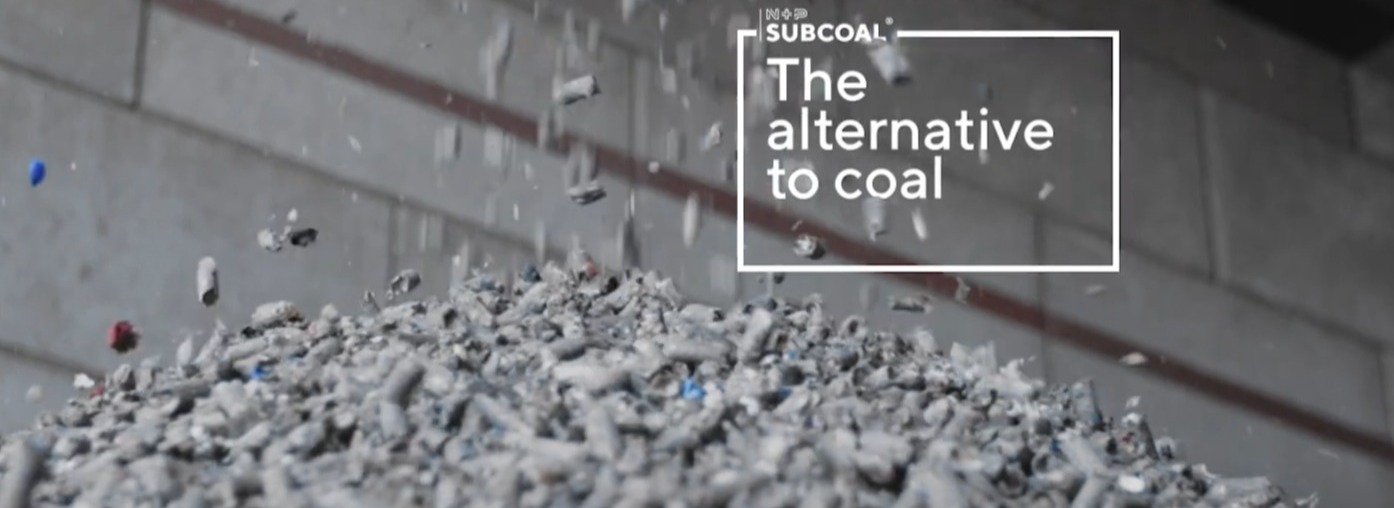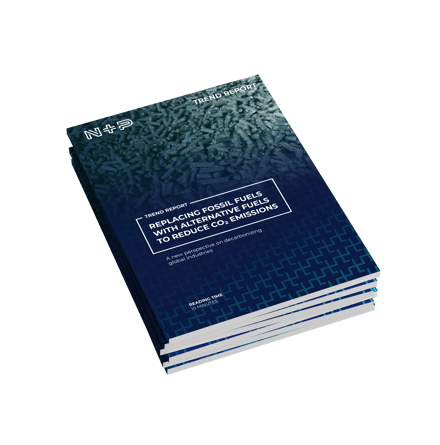RDF for a sustainable future
Refused Derived Fuels: eco-friendly solution for sustainable energy
Refused Derived Fuels (RDF) have emerged as a promising alternative in the quest for sustainable energy sources. RDF is a type of fuel produced from various waste materials, offering a viable solution for waste management and energy generation. This article explores the concept of RDF, its production process, and the environmental benefits it brings.

Introduction to refused derived fuels (RDF)
RDF is derived from waste materials that would otherwise end up in landfills, contributing to pollution and environmental degradation. By transforming this waste into a valuable resource, RDF helps address two critical challenges: waste management and the demand for sustainable energy.
The production process of RDF involves several steps to convert waste materials into a high-quality fuel source. These steps typically include waste collection and sorting, shredding and size reduction, drying and conditioning, and pelletization or briquetting. The result is a homogeneous and consistent fuel that can be used in major energy-consuming industries like steel factories, energy plants and cement factories.
Advantages of RDF in the global waste and energy crisis
One of the significant advantages of RDF lies in its positive environmental impact. By diverting waste from landfills, RDF reduces the emission of greenhouse gases and minimizes the strain on limited landfill space. This approach contributes to a circular economy by reusing and repurposing materials that would otherwise go to waste.
Moreover, RDF offers significant energy benefits. The calorific value of RDF is high, making it a viable substitute for fossil fuels. This high energy content allows industries to reduce their dependence on traditional energy sources while maintaining their operational requirements. RDF can be utilized in various applications such as power generation, cement production, and industrial processes.
RDF & the power generation industry
The use of RDF in power generation provides a cleaner and more sustainable solution compared to coal and other fossil fuels. Many waste-to-energy plants use RDF as a primary fuel source, generating electricity while simultaneously reducing waste volumes. This process offers a win-win situation by producing renewable energy and minimizing environmental impact.
Cement industry and refused derived fuels
In the cement industry, RDF is becoming increasingly popular as an alternative fuel. Cement production requires a substantial amount of energy, and the use of RDF can significantly reduce carbon emissions and production costs. By replacing traditional fossil fuels with RDF, cement manufacturers can contribute to sustainability goals while maintaining the required high temperatures for cement kilns.
How other industries can use this
Beyond power generation and cement manufacturing, RDF has the potential to be used in various other industries. Steel production, for instance, can benefit from RDF as a substitute for fossil fuels in blast furnaces and electric arc furnaces. The versatility and adaptability of RDF make it an attractive choice for industries looking to reduce their carbon footprint and promote sustainable practices.
Refused Derived Fuels (RDF) offer an eco-friendly and sustainable solution for waste management and energy generation. Transforming waste materials into a valuable fuel source, helps reduce environmental pollution and addresses the growing energy demands of various industries. The adoption of this fuel not only contributes to a circular economy but also enables businesses to achieve their sustainability goals while enjoying the economic advantages of a renewable energy source.

Ready to replace fossil fuels?
Read about reducing CO₂ emissions and discover a new perspective on decarbonizing global industries.
We repurpose waste
into sustainable resources.